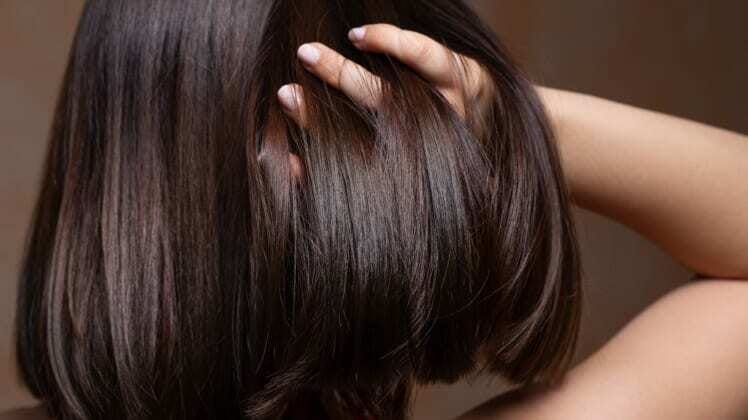
Surprising reasons your hair won’t grow, plus pro tips to speed things up.
If you’ve been trying to grow out your hair to no avail, you’re not alone. According to the American Academy of Dermatology, hair grows about half an inch per month on average. However, many people report much slower growth, or feel that it has become completely stagnant. So, what gives?
One of the biggest factors that impacts hair growth is genetics. “Just like genetics determine the color and texture of your hair, our genes also impact hair growth: how fast it grows, how long it can grow, how dense it is, and more,” explains celebrity hair stylist Andrew Fitzsimons.
And while there is nothing you can do about the genes you were born with, there are steps you can take to encourage healthier, steadier hair growth. But first, it’s important to understand how hair growth works, exactly, as well as some of the factors that impact it.
Understanding the stages of hair growth
Hair growth is tricky, and something that occurs in multiple phases. The first is the growing phase, known as anagen, explains Kerry Yates, a trichologist, hairstylist and founder of Colour Collective. Hair then moves into a transition phase, called catagen, before entering a resting phase, telogen. During the final, or exogen, phase, hair starts to shed in preparation for new growth.
This cycle will vary from person to person, and each phase has its own timeline. “For example, someone who struggles with growing their hair past their shoulders most likely has a very short anagen phase, versus a longer anagen phase that can contribute to faster growth and longer strands of hair,” says Yates.
What’s more, everything from your age to diet and even the products you use can impact the growth cycle. So, if you’re looking to add length but keep coming up short, keep reading. We’ve compiled some of the top reasons your hair won’t grow below, plus what you can do about each.
Common reasons your hair won’t grow

You’re getting older.
We’ll start with the most obvious reason: age. Although the number of hair follicles a person is born with remains the same throughout their life, the density of the hair reduces as the scalp expands and the follicles become smaller, explains Fitzsimons. What’s more, the anagen phase for each follicle shortens, often leading to strands that shed faster than they grow. That’s why as you age, it’s important to treat your hair with extra TLC.
Start using an anti-aging treatment that promotes hair density, stat. The Ordinary Multi-Peptide Serum for Hair Density ($18; sephora.com) contains redensyl, a powerful ingredient that reduces inflammation and encourages the activation of hair follicle stem cells, as well as procapil, which increases blood flow to the scalp and reduces hair fall.
Read More: The 6 Best Thickening Products For Thin Hair, According To Top Hairstylists
Your diet is lacking in nutrients.
Nutrition plays a huge role in our overall health, so it’s no surprise that it’s also integral to hair health. According to a report in the Dermatology Practical & Conceptual, a diet that is lacking iron, fatty acids, folic acid, antioxidants, biotin, and protein, among others things, can lead to poor hair conditions and stunted growth.
Fitzsimons recommends filling your plate with nutritious foods like salmon, eggs, and avocados, which are rich in Omega-3 fatty acids, as well as spinach and beans, which are high in folate. Biotin-rich foods, such as seeds, nuts, organ meats, and certain vegetables have also been shown to aid in hair growth, per the National Institutes of Health.
In addition to making healthier meal choices, you may also want to consider taking a supplement. We recommend Nutrafol ($79; nutrafol.com) as it’s formulated with a blend of 21 ingredients that address the common culprits of hair thinning and hair growth–stunting factors in women, including poor nutrition, micro-inflammation, and the dihydrotestosterone hormone.
Read More: Reese Witherspoon Shares Her Strange Secret To Shiny, Healthy Hair
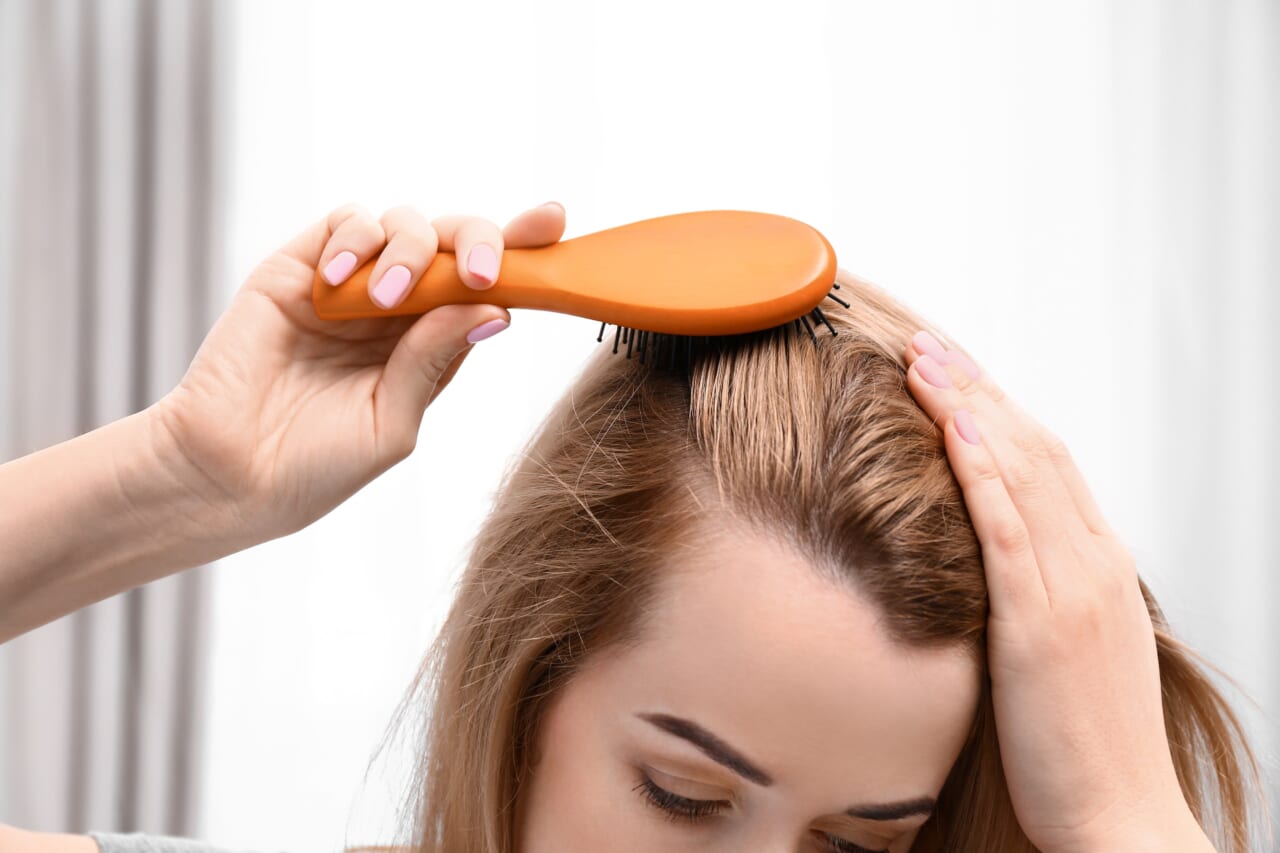
You’re overly stressed.
Some stress in life is inevitable, but too much of it can affect your health, which extends to the health of your hair. The stress hormone, cortisol, has been shown to affect the cyclic regulation of the hair follicle, and when elevated, can shorten the growing phase. “When you are stressed, your nervous system signals your hair follicles to go into the resting state, telogen, causing you experience more fall out or shedding,” says Nicolette Rauchut, hairstylist at Lrn Beauty. “If you can lower your stress and increase the sense of ease in your body, this can help increase overall health and promote healthy, fuller hair.”
Read More: Quarantine-Related Hair Loss Is Real—Here’s How To Deal With It
You aren’t brushing your hair enough.
Believe it or not, brushing your hair does more than just nix knots—it also breaks up follicle-clogging dead skin and stimulates blood flow in the scalp. “Weakened circulation in the scalp has been shown to cause thinning and irregular shedding, so allowing the scalp to stay stagnant can stunt hair growth,” says Rauchut. Whereas, encouraging blood flow to the hair follicles helps them function at their best, she adds.
The type of brush you use is important, too. Rauchut recommends consulting with your stylist to make sure you’re using the best brush for your hair type and texture. But in general, always be sure you are using gently, flexible bristles as to avoid any damage. You may also want to try a scalp massaging brush, such as Briogeo Scalp Revival Stimulating Therapy Massager ($16; sephora.com), to further improve the delivery of nutrients and oxygen to the scalp.
Read More: The 4 Biggest Mistakes Hairstylists Wish You Would Stop Making
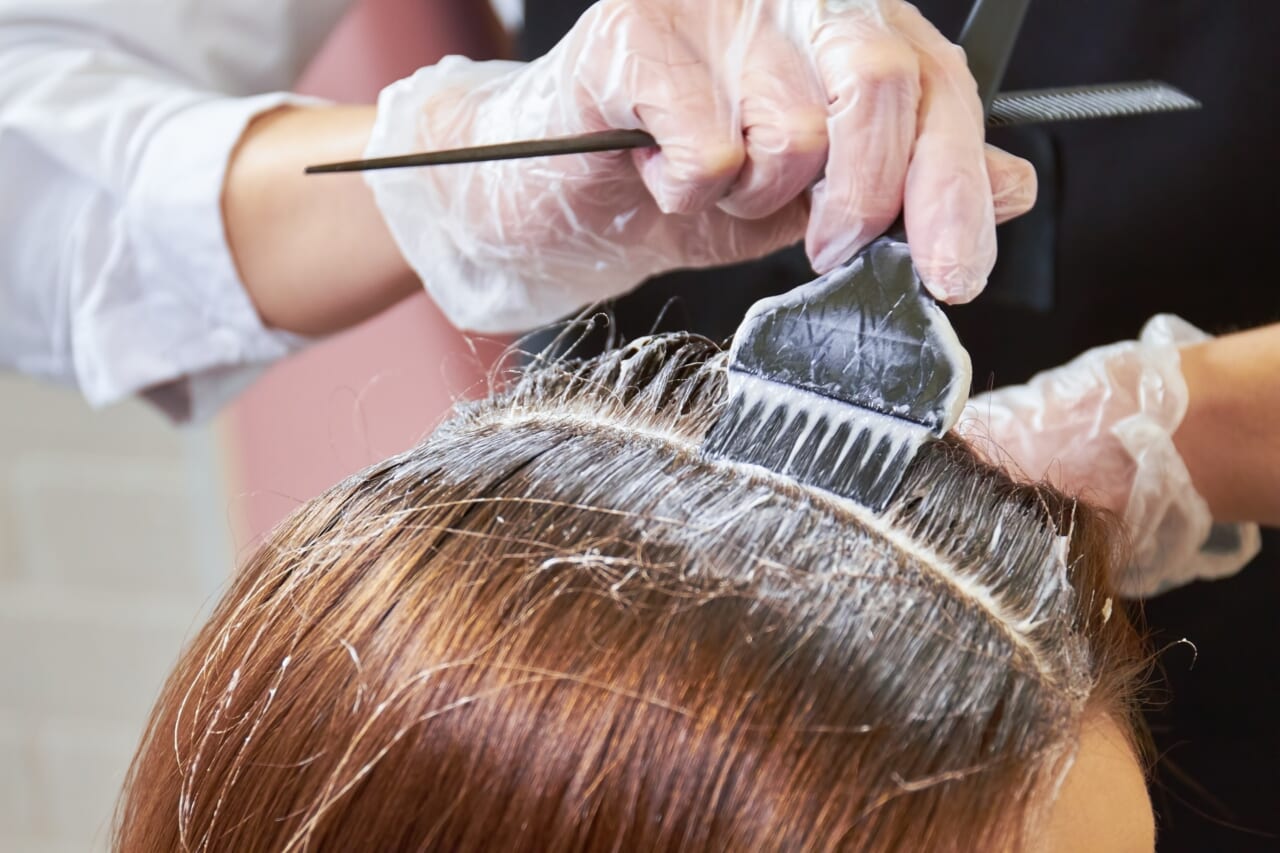
You’re overprocessing your hair.
Coloring your hair too frequently, especially with bleach, causes your hair to become more porous and especially prone to breakage, warns Nina Scalise, hair stylist and colorist at Studio V Salon in Marblehead, Mass. (The same goes for chemical straightening and perming.) If your hair is breaking off as fast as it is growing, well, adding length will become a seemingly impossible feat.
“If you know have fine, fragile hair or color it often, make sure your stylist is adding a strengthening ingredient in your color,” Scalise says. “There are many different versions of bond builders that can be added to a color service in order to decrease the likelihood of breakage from chemical stress.” At home, she recommends using Olaplex ($28; sephora.com), a bond building treatment that helps rebuild your hair’s strength.
You wait too long in between haircuts.
Though it may seem like limiting the amount of haircuts you get will equate to longer length, the opposite is almost always true. According to experts, cutting your hair more frequently promotes better hair health and faster growth. “Our hair naturally splits at the ends due to environmental, mechanical, and processing damage, leaving strands vulnerable to breakage,” says Rauchut. She recommends getting a “fairy dust trim” every 8-12 weeks to maintain your ends while promoting long and healthy hair.
Read More: Here’s What To Do If You Hate Your Haircut Or Color
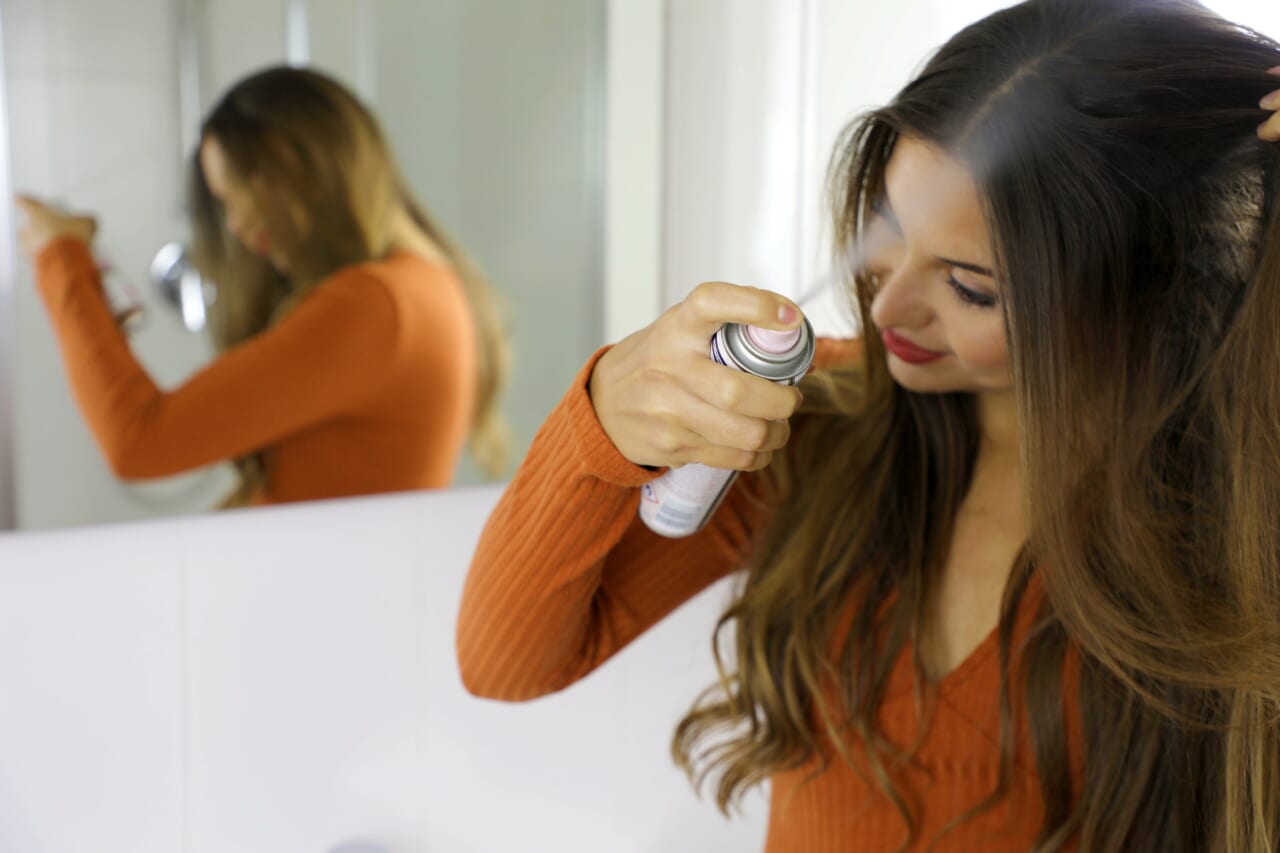
You overdo it with dry shampoo.
As it turns out, there’s a right and a wrong way to use dry shampoo—and most people are doing it all wrong. “Dry shampoo is meant to be used on the hair and then brushed out, eliminating oil, grime, and product build-up along the way,” explains Yates. “Instead, a lot of people are leaving it on the scalp and letting it accumulate for days and days, which can cause the follicles to become clogged and lead to inflammation.”
Yates recommends using dry shampoo only once in between washes. Part your hair into small sections, focusing on the oiliest areas, and aim for your roots—not your scalp. Make sure you’re holding the bottle at least 12 inches away from your head when spritzing. Finally, massage the product in with your fingers and brush it through the length of hair.
Read More: The Genius Ways Hairstylists Use Dry Shampoo (Beyond The Obvious)
You’re using hot tools too frequently.
Hot tools are great, when used in moderation. But as with coloring, overdoing it on heat styling contributes to breakage of the hair, says Scalise. “Much of the time when you see heat styling damage, it’s in one particular spot on the head, most often breakage around the front where the hair density tends to be finer,” she says.
In addition to limiting your heat styling, she recommends always using a heat protector before blow drying, and then re-applying a second layer before you flat iron or curl. Her got-to product is Loma Smoothing Creme ($22; amazon.com), which she says is strong enough to withstand a full styling session without weighing hair down.
Read More: 10 Hair Products That Cut Styling Time In Half
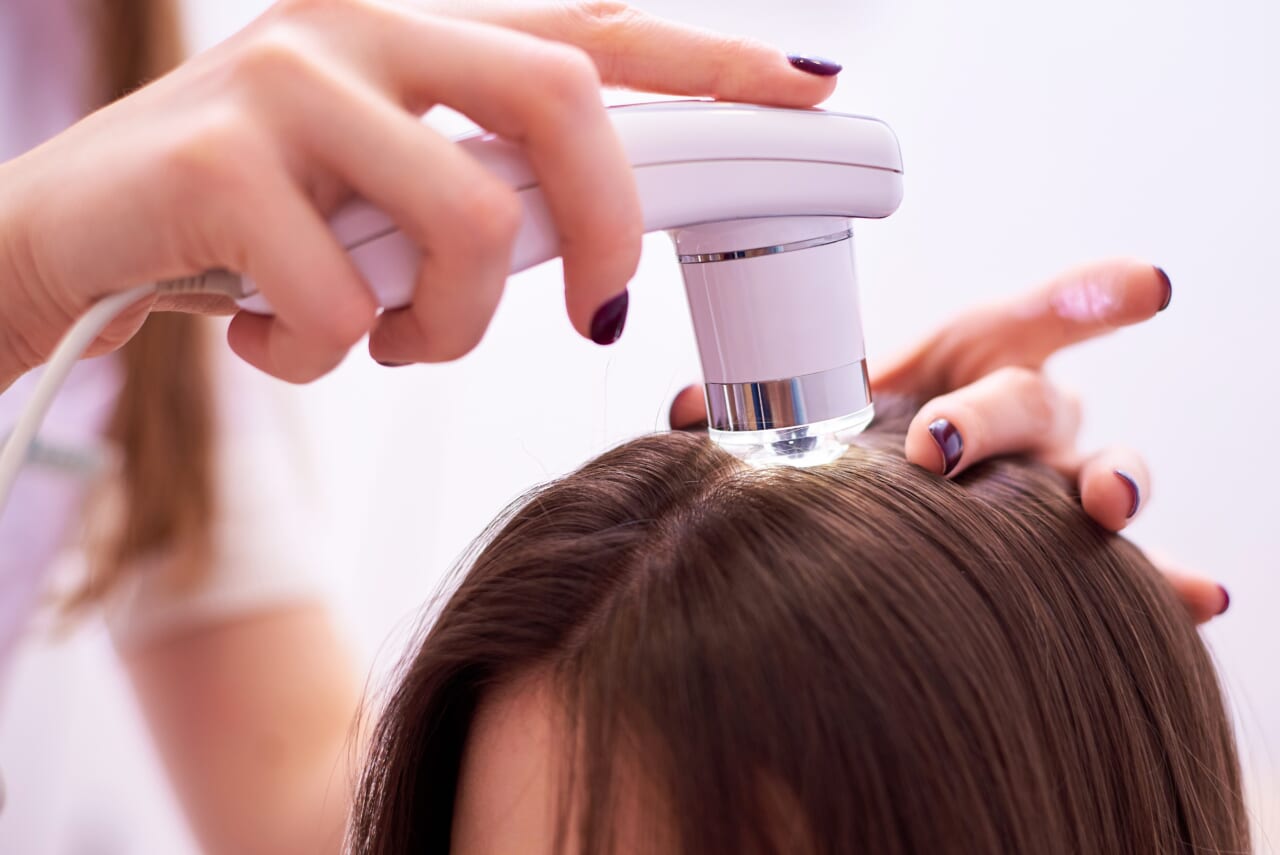
You’re not discussing the issue with your doc.
Word to the wise: If your hair isn’t growing or is thinning in a way that concerns you, don’t hesitate to bring it up to your doctor. There are a number of potential reasons your hair won’t grow, and a professional can help narrow them down. “Your doctor can identify a root cause, such as stress, medication, thyroid or hormonal changes, and suggest a supplement like biotin or prescribe a medication like Minoxidil or Propecia,” says Scalise.
You might also like: Is Your Nighttime Hair Care Routine As Important As Your Skin Routine?
